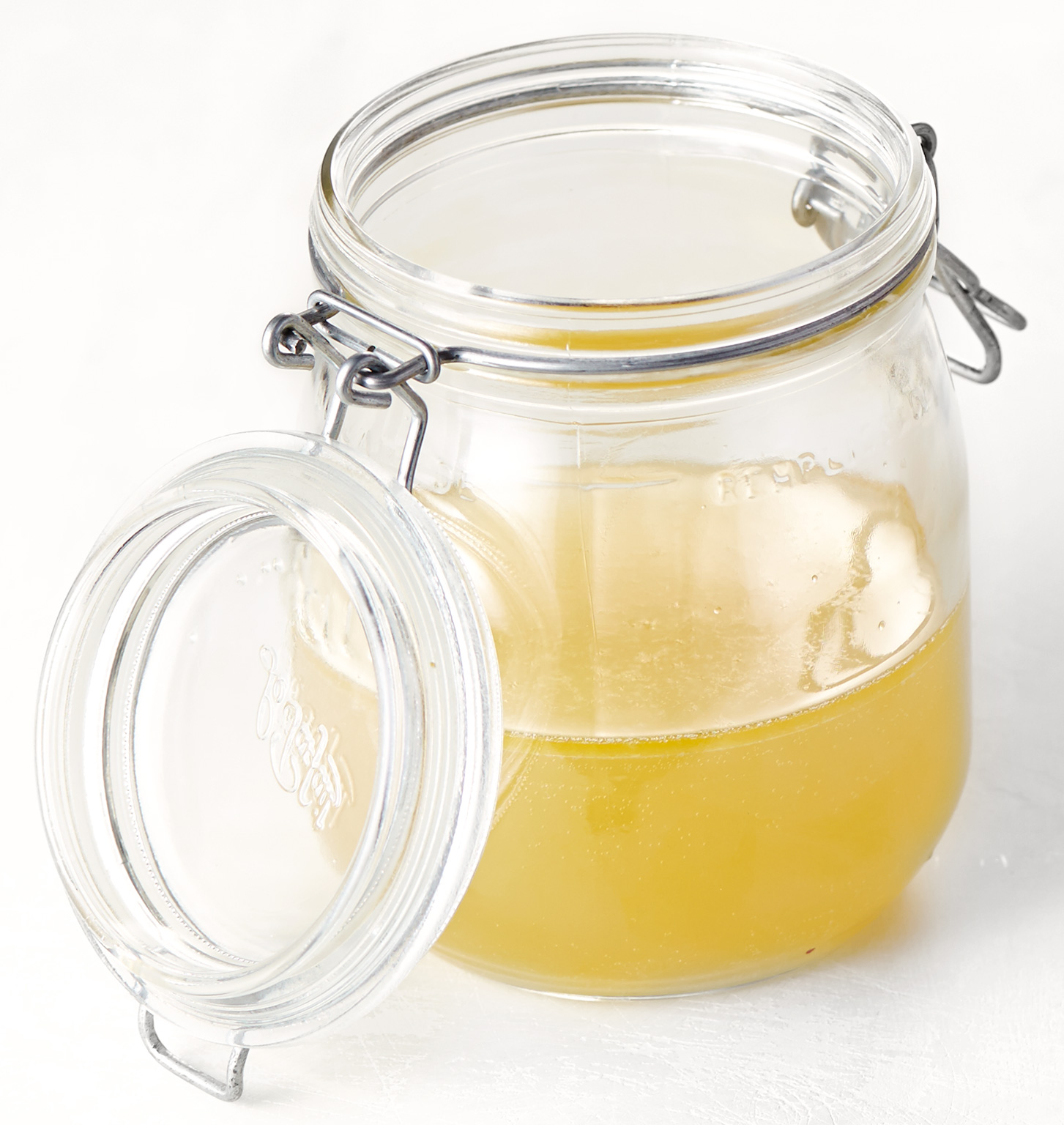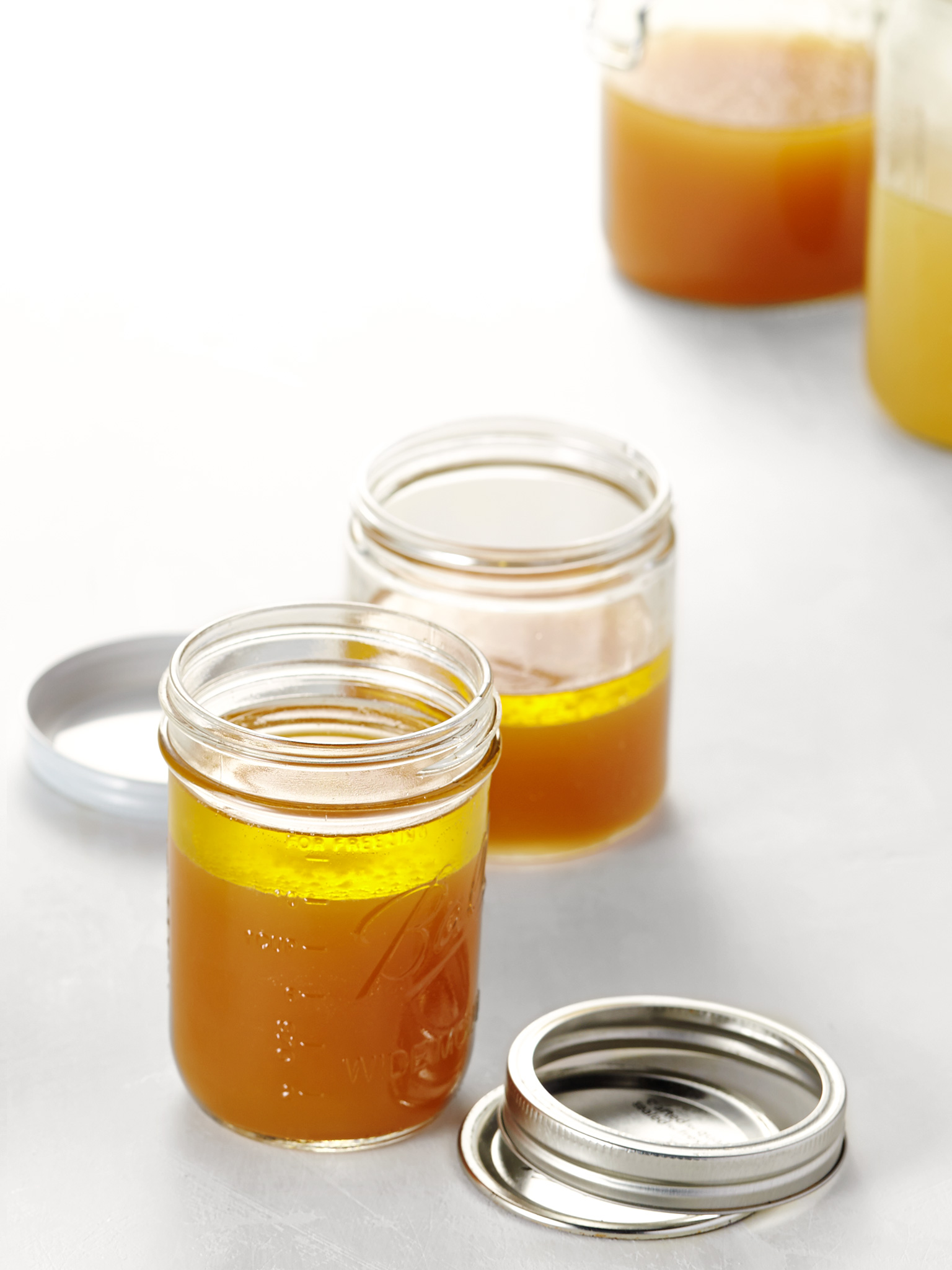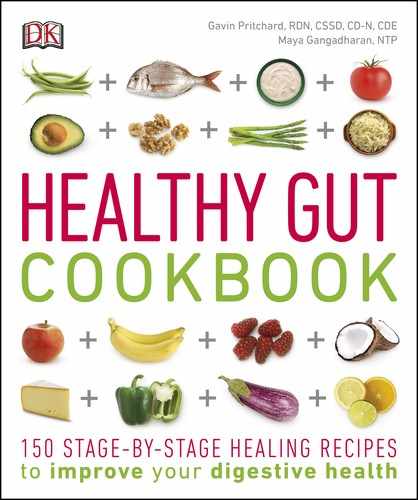Planning Ahead
When starting the healthy gut diet, you might feel overwhelmed by the new ingredients and techniques the protocol requires. But in a few weeks, or even a few days, these things will become familiar and even routine. In the meantime, developing a plan can help.
Planning Your Meals
- • Keep it simple Especially in the earliest stages of the intro diet, opt for soup for most meals. Choose two or three for the week, and double the recipes, if necessary, to freeze individual portions.
- • Make ahead In later stages, depending on your family or lifestyle, plan to cook three or four meals a week and save the rest for leftovers.
- • Get creative Have breakfast for dinner or dinner for breakfast if you like.
Purchasing Ingredients
- • Stay local Find a good source of whole chicken and beef bones, preferably pastured and grass-fed. Eatwild.com can help you locate local farmers, or you may be able to get what you need at your local health food store or farmers’ market.
- • Choose quality If you can’t find grass-fed or pastured meats, buy the highest quality you can locate and afford. Many people have healed using what they find at their local grocery store.
- • Find healthy fats Locate sources for coconut oil and butter and any other animal fat (such as lard) if possible. Health food stores and farmers’ markets are good sources for these, too.
Cooking Ahead
- • Think about variety Alternate soups so you don’t get bored. Have one meat-based soup and one vegetable-based soup on hand so you can mix things up.
- • Reduce broths When storing broth, you can reduce it so it takes up less space in your freezer. Simply let it boil until you have half or a quarter of the original volume. Be sure to label your jars so you remember how much water to add when you want to use it.
- • Stick to a schedule Ferments take time. It’s very important to stick to a schedule so you don’t find yourself without veggies or cultured dairy.

Cooking ahead sets you up for success on the diet.
Storing Food
- • Can in jars The easiest way to store broth and soup is in glass canning jars, available at grocery or hardware stores. You can use these in the refrigerator or freezer. (Be sure to leave a head space at the top of the jar for the soup to expand if freezing.) Soup can last for several months in the freezer before it crystallizes.
- • Vacuum seal If you have a vacuum sealer, you can use it to store soups in the freezer. Follow the manufacturer’s instructions for storing liquids. Vacuum-sealed soup lasts for several months.
- • Freeze or refrigerate Other foods can be refrigerated in glass or BPH-free plastic containers. If the soup has a thick cap of fat on top, it’ll last up to 10 days.

Broths and soups can be stored in jars in your refrigerator or freezer.
SAVING MONEY
If you’re on a budget, you have many options to consider for saving money on the diet:
- • Your local farmers’ market is a great source for less-expensive organic vegetables, meats, and fats.
- • Ask for “seconds” when you shop. These are vegetables that aren’t cosmetically perfect but offer the same nutritional value, often at a fraction of the cost.
- • Try to choose vegetables in season when they’re less expensive and easier to find.
- • Grow some of your own vegetables. Even a few containers on your porch can yield a plentiful harvest.
- • For meats and bones, consider buying a half- or quarter-cow from a local farmer, or split the order with a friend or family member. Buying direct and in bulk is a great way to economize.
- • Keep your eyes open for sales, which are often seasonal and based on when animals are butchered. Keep in mind that bones are often very inexpensive.
- • Making broth and stock-based soups helps you stretch your budget without sacrificing nutritional healing.
..................Content has been hidden....................
You can't read the all page of ebook, please click here login for view all page.
